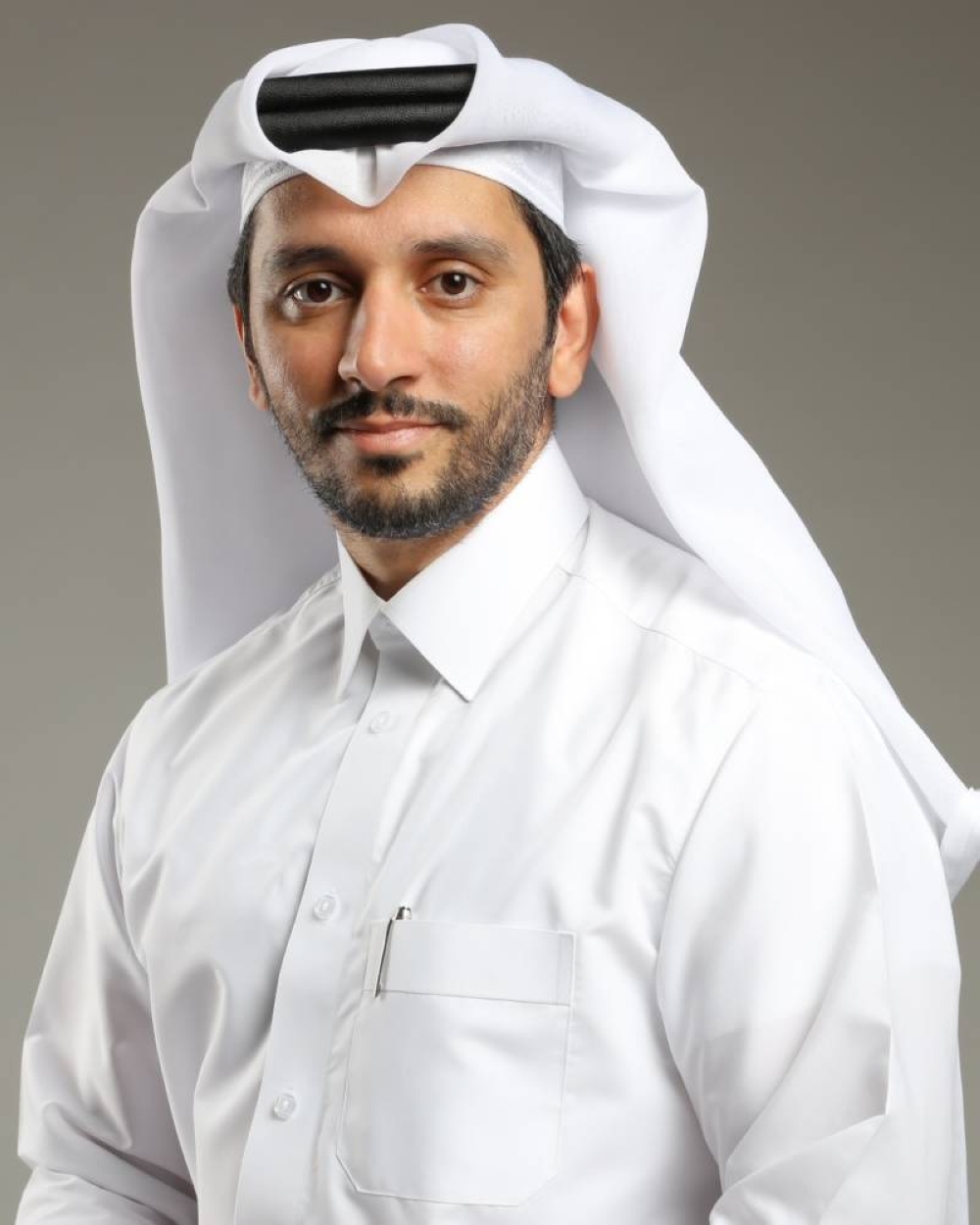Earlier this year there was a widely held degree of confidence that the round of interest rate rises in larger economies in the west was nearing its peak. That optimism proved unfounded. High inflation has proved to be ‘sticky’ in some economies, notably Germany and the UK. Many commentators are anticipating further rises, with Bloomberg Economics anticipating that the Federal Reserve and the European Central Bank will each commit to two further 25 basis point increases by the end of the year, taking the official rates to 5.5% and 4.0% respectively, before falling in 2024, although shortly after this projection in July the headline US annual inflation rate fell more than expected to 3%.
While the upward trend of interest rates is observable in some jurisdictions, it is not a global pattern. Some economies, including India and South Africa, have paused rate rises, while China’s central bank announced a slight cut in June. The European Central Bank, though still hawkish in outlook, is coping with inflation that has risen in Germany, but fallen in Spain.
The UK central bank is expected to announce further rises, but even here there is some dissent over whether they are necessary or wise. Andy Haldane, a former chief economist at the Bank of England, writing in the Financial Times on June 30, argued that, having under-estimated inflation 18 months earlier, the central bank was over-correcting. High inflation reflected supply constraints more than cyclical forces, accordingly: ‘On this diagnosis, the textbook role of monetary policy is to tolerate, not offset, these temporary inflation misses’. In the US, there are signs from the Federal Open Market Committee that it is divided between interest rate hawks and doves, pausing the rises in June but signalling a subsequent increase. Inflation at 3%, with core inflation at 4.8%, is still above the target of 2%.
Meanwhile, as noted in a recent Economist article, fiscal policy in most countries remains loose despite high public sector debts, providing an ongoing stimulus. Rising yields in government bonds make debt more expensive. An inverted yield curve, with short-term yields higher than for ten years, have appeared. This usually is a harbinger of a recession.
This uneven, complex pattern of economic forces and policy responses makes for an unpredictable picture. For Qatar, a small but wealthy economy with a currency pegged to the dollar, there are constraints, but also scope for imaginative policy-making.
Interest rates that are above an optimum level regarding the local economy – inflation came down to 2.6% as of May 2023 n Qatar, lower than the US – do pose a challenge. With a post-World Cup slowdown in economic activity, high reported personal debt levels and rising interest rates, there is a risk of this becoming an economic downturn. In addition, although there are no clear data, we believe that the real estate sector is highly leveraged.
Considering the triangle of policy options: Interest rates, capital controls, and fiscal or monetary stimuli, attention should focus on the third of these. Interest rates need to follow the Federal Reserve in order to maintain the currency peg; there is no intention of imposing capital controls given the commitment to a free market and the policy priority of encouraging foreign direct investment (FDI). But a country with a healthy budget surplus has alternatives.
Reserve requirements on the banks could be relaxed, to encourage lending. The Qatar Development Bank, and other development agencies, could offer soft loans to entrepreneurs to help grow businesses, and to other business struggling with high levels of un-sustainable debt. The public sector surplus means that such loans can be affordable at a discount to the Qatar Central Bank lending rate.
Priority should be given towards opportunities in the knowledge economy. Construction projects have dominated for the past decade, in part as preparation for the World Cup last year. A modern infrastructure is largely in place and risks being under-used without growth in other sectors.
Another policy area with potential to encourage growth is reduction of fees levied by government departments, and reduction in bureaucracy for small firms. It is encouraging that the government has already begun moves in these areas.
Qatar was the subject of the ‘Big Read’ column in the Financial Times on July 6. It recorded the country’s achievement in many areas: A successful FIFA World Cup, timely expansion of liquefied natural gas (LNG) production and good relations with diverse global powers, including China, Iran and the US. It noted both the progress and remaining challenges in diversifying the economy following the construction boom.
The article highlighted the priorities of the government, identifying the sectors of energy, healthcare, logistics and education as those with strong potential for development. Growth in these is more likely to be sustainable than construction projects that have a finite duration, and can be encouraged with the right blend of monetary and fiscal policies, including in a high interest rate context.
This policy mix should have a strategic focus, using fiscal policy tools actively to support long-term sustainable growth, encouraging the development of a hi-tech knowledge economy.
The author is a Qatari banker, with many years of experience in the banking sector in senior positions.

